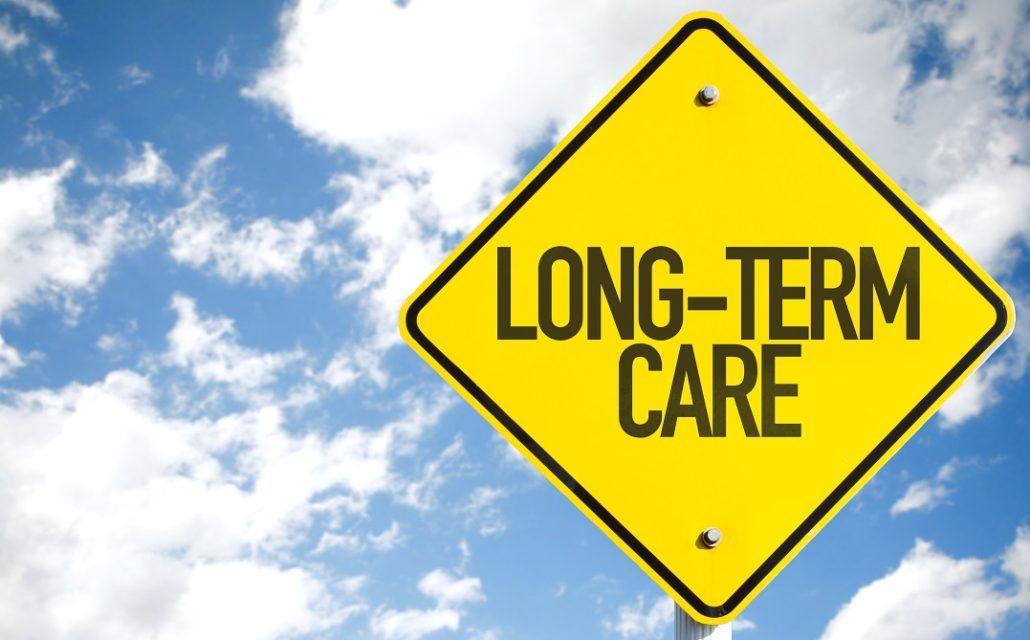Gov. Jay Inslee made the rounds last week bragging about the state’s paid-leave program, which launched about five years ago. He proudly said Washington state’s version of paid leave deserved a gold medal. Not only was the state an early adopter of a mandatory paid-leave program, it has some of the most robust payouts among states offering some workers taxpayer dollars for time off work.
While speaking excitedly about how many people thank him for the money lawmakers force people to give other workers to bond with babies or deal with medical needs, Inslee left unmentioned how many people, including those with low wages, have less money to handle their own life needs.
The Employment Security Department reports that the state’s average annual income in 2022 was $84,167. In 2024, a worker making that wage would pay $444.89 for benefits they might not ever need or use. That person’s employer would pay an extra $177.95 on that employee’s behalf — again, for benefits the employee might not ever need or use. That’s a total of $622.84 going into the Paid Family and Medical Leave (PFML) program for an average-wage worker in just one year. (Calculate your payroll tax for PFML here.)
Washington's paid-leave effort is indeed generous, which has put it in financial trouble. The program allows up to 18 weeks off with pay to anyone who has worked 820 hours in a 12-month qualifying period. Recipients can take the leave all at once or drizzle it out a day each week, often creating great cost and trouble for their employers. A person can take leave not only to bond with a newborn child or handle personal illness or family medical needs, state lawmakers decided that “someone who has an expectation to rely on you for care — whether you live together or not” can qualify you for paid leave. (Read the state’s definition of a family member for the purposes of paid leave here.)
Only some workers can afford to use PFML
Beneficiaries can receive up to 90% of their weekly pay up to a maximum, which is updated yearly. The max was $1,456 in 2024. While 90% of one’s wage is great for individuals using other taxpayers to help with life choices and needs, it’s more “too bad” for some workers, including those with lower incomes, single parents and many family caregivers. Workers who need their full wages to make ends meet are often unable to take paid leave. They can’t afford to. They have to work to get by.
That might be why a disturbing trend continues. In October, I sought a wage breakdown of PFML recipients and learned that paid leave wasn’t primarily helping people considered financially needy. It most often benefits middle- and upper-income wage earners. That remains true for fiscal year 2024, with even fewer people in the lower wage brackets using PFML. Here’s the updated hourly wage information:
Up to $18/hr: 9%
Between $18 and $24/hr: 20%
Between $24 and $35/hr: 27%
Between $35 and $60/hr: 26%
More than $60/hr: 17%
Helping people with higher incomes who are not in need of taxpayer help isn’t my idea of a social program worthy of investment. A celebratory tone doesn’t fit this five-year anniversary.
The U.S. offers 12 weeks of job-protected, unpaid family leave to workers. It doesn’t pay people not to work while taxing others who do work and who have lower incomes. Between PFML and WA Cares, the Democrat-led Washington state Legislature and Gov. Inslee should get a gold medal for making payroll taxes a new funding source for issues du jour. The state already brings in plenty of money to meet its needs, but it lacks priority-based budgeting and keeps burdening taxpayers with new social programs.
Let’s hope lawmakers stop penalizing work. It places self-sufficiency further out of reach for some Washingtonians.






